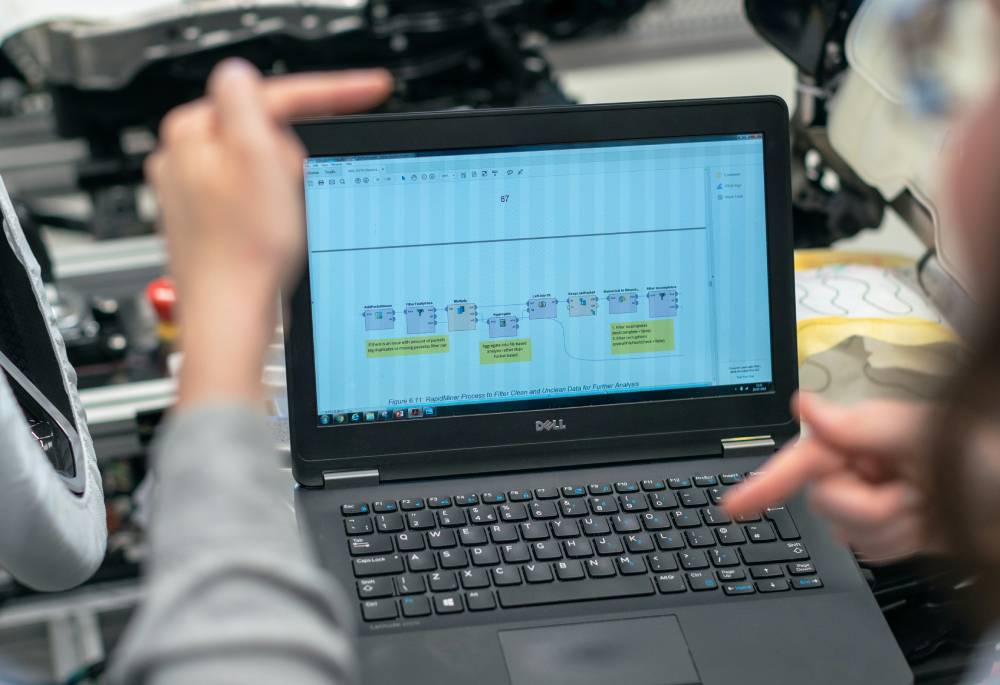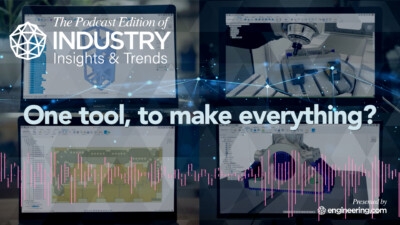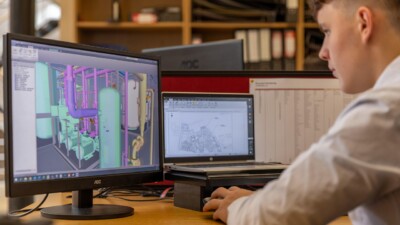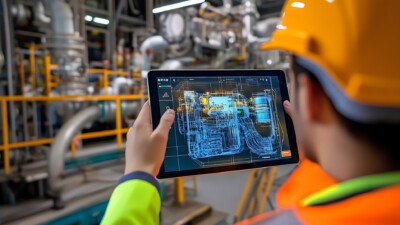Sustainability is no longer a peripheral concern; it’s a strategic and financial imperative.

Regulatory pressure, stakeholder expectations, and rising energy costs have made environmental stewardship critical to long-term success. For manufacturing engineers, this presents both a challenge and an opportunity: How can operations become more resource-efficient without compromising productivity?
The answer increasingly lies in digital transformation systems — specifically, in the deployment of remote monitoring technologies that turn real-time data into actionable sustainability improvements. From energy and water efficiency to predictive maintenance and emissions tracking, these technologies are reshaping how manufacturers optimize resource use and reduce their environmental footprint.
Indeed, the path to sustainable manufacturing runs through data — and remote monitoring is the bridge.
What is remote monitoring?
Remote monitoring involves using Internet of Things (IoT) sensors, embedded systems, and cloud platforms to continuously collect and analyze data from equipment, utilities, and environmental systems across a facility. This data is centralized through manufacturing execution systems (MES), enterprise resource planning (ERP) software, or dedicated building management systems (BMS).
Instead of relying on manual checks, logbooks, or periodic audits, engineers and facility managers get real-time visibility into performance metrics — allowing them to make faster, more informed decisions that directly impact sustainability.
Energy efficiency through real-time monitoring
Energy use is one of the biggest drivers of cost and carbon emissions in manufacturing. Remote monitoring enables a granular view of energy consumption across assets and zones, revealing exactly where, when, and how energy is being used or wasted.
Smart meters and sub-meters connected to a centralized dashboard can identify all sorts of conditions on the shop floor and beyond, including:
- Idle equipment that’s consuming power during off-hours
- HVAC systems operating outside of optimal temperature ranges
- Lighting systems left on in unoccupied zones
- Peak load times where demand charges can be minimized
By linking this data with control systems, manufacturers can automate load balancing, schedule equipment operations, and even initiate demand-response actions in coordination with utility providers. This reduces both energy costs and greenhouse gas emissions.
Water conservation and waste reduction
Water plays a crucial role in many manufacturing processes — from cooling and cleaning to production itself. However, leaks, inefficiencies, and overuse are common and costly. Remote monitoring helps tackle this by using flow sensors, pressure gauges, and smart valves to track water use in real time. Cooling systems can be optimized to reduce unnecessary water cycling and smart alerts can be triggered by unexpected consumption spikes, pointing to leaks or process failures. Usage trends can be analyzed to adjust cleaning cycles or reuse treated wastewater.
In plants with on-site wastewater treatment, remote monitoring can ensure compliance with discharge limits and optimize treatment operations, minimizing environmental impact while reducing chemical and energy usage.
Predictive maintenance and asset efficiency
We’ve covered this a lot in this series—for a reason. One of the most effective ways to reduce waste and energy consumption is to keep machinery operating at peak efficiency. With remote condition monitoring, engineers can track vibration, temperature, current draw, and operational hours of key equipment in real time.
Environmental monitoring and emissions tracking
Modern manufacturing operations are under pressure to reduce air emissions, particulate output, and volatile organic compounds (VOCs). Remote monitoring plays a vital role in tracking these metrics through ambient sensors, gas analyzers, and stack monitors connected to cloud systems.
These systems provide continuous emissions reporting for regulatory compliance and early warnings when emissions approach critical thresholds. They also maintain historical data used for environmental, social, and governance reporting.
This not only keeps operations within legal bounds but also supports a proactive approach to pollution prevention, enabling facilities to fine-tune combustion systems or ventilation processes based on real-time feedback.
As more facilities adopt on-site renewable energy—be it solar, wind, or combined heat and power (CHP)—managing the variability and integration of these sources becomes essential. Remote monitoring allows for dynamic balancing of solar generation output versus real-time load, battery storage availability and grid draw during peak versus off-peak hours.
This maximizes the use of clean energy, reduces fossil fuel dependency, and lowers emissions associated with energy use. In some cases, surplus energy can be fed back into the grid or redirected to storage systems, enhancing sustainability while reducing operating costs.
Digital twins and process optimization
Beyond monitoring individual systems, the technology and processes involved in digitization and digitalization (which combine to form the basis of digital transformation) enable the creation and application of digital twins of production lines or facilities. By integrating real-time monitoring data into these simulations, engineers can model energy and resource usage under different production scenarios and test any process changes before implementing them physically. This can identify optimal settings for production that also reduce scrap, cycle time, or energy used per unit produced
This capability is powerful for continuous improvement and sustainability planning, allowing facilities to adapt quickly to new customers or product mixes.
The engineering advantage
For manufacturing engineers, the integration of remote monitoring technologies into digital transformation strategies isn’t just a sustainability move — it’s a smarter way to run a business. These systems deliver granular, real-time insights that enable better decisions, faster response, and long-term efficiency.
As sustainability becomes more tightly linked to profitability, risk management, and brand reputation, engineers who understand and embrace these technologies will be best positioned to lead their organizations into a more resource-efficient and environmentally responsible future.



